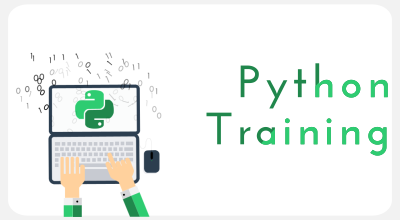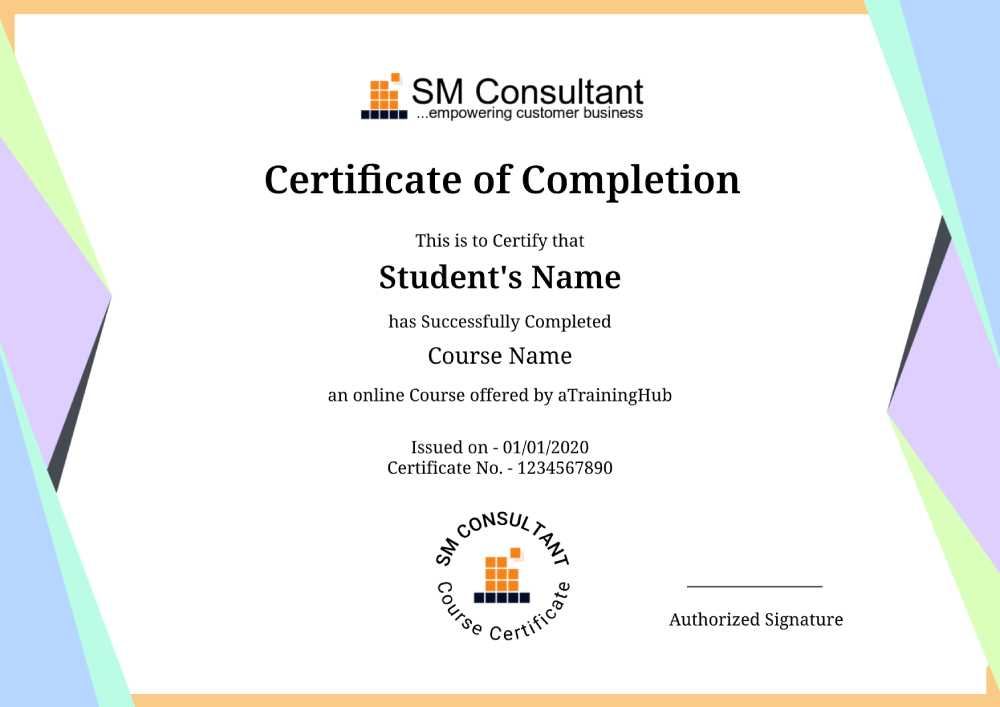Python Training
Learn Python Training to Unleash a Modern Career
Average Rating 4.2 From 780 Students

About Course
Python training at SMC is one of it's kind. Python is a general-purpose, high-level programming language, interpreted, interactive, and object-oriented by nature. Python syntax is easy and readable because of its simple structure.
In Python training, you will learn how to use Python and its applications professionally and learn to understand writing your scripts from scratch. First, you will go through the very basic operations then extend your journey to the advanced concepts like functions, closures, decorators and data structures.
Python training also helps you in understanding the concepts of Object-Oriented Programming Systems (OOPS). Upon completion of the training, you will be able to become a confident python programmer. So, let us get started!!!
Reasons to choose SM Consultant
 Mock
MockInterviews
 Focused
FocusedLearning
 Practical
PracticalTraining
 Easy
EasyPayments
 Lifetime
LifetimeAccess
 Expert
ExpertTrainers
 Shareable
ShareableCertificate
 Flexible
FlexibleTimings
Upcoming Batch Schedule for Python Training
No Timing Suitable for You ?
Tell Us Your Preferred Starting Date, we will schedule a batch for You!
Take Python Training at your own pace
Self Paced Online Learning
The Self Paced format allows you to stream the course content from anywhere across the globe with a good Internet connection. There is no defined schedule, you can watch them at your comfortable time. Get Started.
Watch Free Python Training videos before signing up.
Instructor Led Live Training
We deliver Instructor-led online course via your personal computer through an easy-to-use web conferencing tool that allows for real-time interaction between you and the trainer. Get Expert guidance tailored for you.
Join Free Python Training demo session before signing up.
Python Training Course Content
1. Introduction to Python
- Origin and Goals of Python
- Overview of Python Features
- Getting and Installing Python
- Accessing Python Documentation: Python Enhancement
- Proposals (PEP)
- Python’s Strengths
- Using Python with Other Programming Languages
2. Language Fundamentals
- Python’s Lexical Analyzer
- Using Whitespace to Structure Programs
- Identifiers and Keywords
- Python’s Execution Model
- Naming Objects and Binding
- Python’s Data Model
- Immutable and Mutable Objects
- Values
- Types
- Creating and Using Variables
3. Expressions
- Unary and Binary Arithmetic Operations
- Comparison and Boolean Operations
- Conditional Expressions
- Lambda Expressions
- Order of Operations and Operator Evaluation
- Expression Lists
- Assignment Operations
4. Using the String Object
- Using ASCII and Unicode Strings
- Manipulating Strings with String Methods
- Using the format() Function to Format Strings
- Using Escape Sequences
- Working with Raw Strings
5. Arrays, Collections and Dictionaries
- Sequenced Data Structures
- Arrays
- Collections
- Dictionaries
- Creating and Accessing Lists
- Manipulating Lists
- Creating and Accessing Tuples
- Understanding the Differences Between Lists and Tuples
- Using Dictionaries to Create Data Records
- Manipulating Dictionaries Using Dictionary Methods
- Creating Sets
- Performing Set Operations
- Union
- Intersect
- Difference
- Differences Between Sets and Dictionaries
- Using Generators to Return Iterators
6. Object Oriented Programming Concepts
- The Object Oriented Programming Paradigm
- Encapsulating Information
- Classes vs. Instances of Objects
- Built-in Class Attributes
- Implementing Class Inheritance
- Using Objects in Code
6. Data Management
- Embedding SQLite Databases in Applications
- Best Practices for Data Management
- Storing Data in Local Databases
- Discussing and Understanding the DB API
- Understanding and Using Common SQL Statements
- Connecting to a SQLite Database
- Using Cursors to interact with Data from a Database
- Implementing Error Handling with Database Connections
7. Using Python
- Executing Python Programs from the Command Line
- Python Command Line Options
- Environment Variables that Influence Python
- Creating Python GUI Applications
- Standalone vs. Web-Enabled Interfaces
- The Python Standard Library
8. Flow Control Constructs
- if/elif/else Statements
- Creating Loops with while and for
- Understanding Iterators
- Returning Values with return Statements
- Loop Modification with break and continue
- Returning Generator Iterators with the yield Statement
- Retrieving Iterators with next()
9. Exception Handling
- Types of Python Exceptions
- Handling Exceptions with try/except/finally
- Triggering Exceptions with raise
- Defining New Exception Types
- Implementing Exception Handling in Functions, Methods and Classes
- Working with the Regular Expression Error Exception
10. Organizing Code
- Defining Functions
- Calling Functions
- Creating Anonymous Functions
- Altering Function Functionality with Decorator Functions
- Creating Classes with the class Statement
- Creating Objects as Class Instances
- Using Preexisting Classes as the Basis of a New Class
- Using Modules to Group Related Functions, Classes and Variables
- Locating and Importing Modules
- Using Packages to Group Modules Together
11. Working with Arguments
- Passing Arguments to Functions by Reference and by Value
- Defining Functions with Required Arguments
- Defining Functions with Default Arguments
- Defining Flexible Functions that Take Variable Length Arguments
12. Regular Expressions
- Regular Expression Syntax
- Using Regular Expressions in Python
- Altering Regular Expression Processing with Regular Expression Modifiers
- Using Regular Expression Operators
- Scanning Through Strings Using the search() and match() Methods
- Creating Reusable Patterns by Using the compile() Method
13. I/O Handling
- Sending Output to STDOUT Using the print() Method
- Reading Input with the input() Method
- Creating File Objects with the open() Method
- Controlling File Access Modes
- Working with File Object Attributes
- Closing File Objects with the close() Method
- Reading and Writing to File Objects with read() and write()
- Using File Processing Functions from the OS Module
Need Customized Course Content?
We will customize the Python Training course content according to your job requirements.
Certification
Once you are successfully through the project, you will be awarded an SM Consultant’s Python Training Completion Certificate for the course.
SM Consultant’s certification has industry recognition, and we are the preferred training partner for many organizations.
 SM Consultant’s Certificate Holders work at 100s of companies
SM Consultant’s Certificate Holders work at 100s of companies
Frequently Asked Questions About Python Training
1. When will I receive my joining instructions for Python Training?
Joining instructions for Python Training is sent two days prior to the course start date, or immediately if the booking is confirmed within this timeframe.
2. How are you better than the other classes? Past achievements?
As they say, “History speaks for itself”, the past achievements would give you a good picture of our reputation, and would also tell you what extra efforts we put in to achieve it.
3. Do you offer a Python Training Demo or Trial class before joining?
We offer 1 demo classes to students. Just make sure that you select the subject and time of the class so that you get an independent assessment of the quality of teaching and you can take an informed decision.
4. What’s the batch size? Will I get personal attention?
An average batch size could be min. 4-5 and max. 8-10 but irrespective of the batch size you will get personal attention and our trainers will help you understand the technology.
5. What if I am not able to attend or miss a session?
If you are unable to attend your session we will help you understand the session by sharing the recording of the live session and still if you need more assistance, we will arrange a backup session for you.
6. Can I access the Python Training course material after training?
Yes, you will get the material in pdf format and will have access to the Python Training recordings.
Have More Questions?
Do let us know if you need more information we will be happy to help you!









